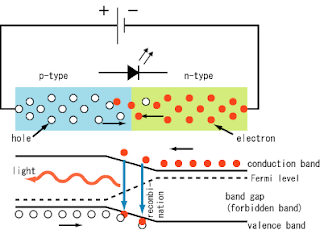First set up your optical system in sequential mode. For example, a lens comprised of two surfaces. Here I have a diode window and a collimating lens:

Go to Analysis -> Physical Optics -> Paraxial Gaussian Beam, or simply Ctrl-B. A "Paraxial Gaussian Beam Data" window appears. Click Settings, or right click mouse, the setting menu appears.
Zemax asks for 4 initial values to define the input Gaussian beam:
(1)Wavelength: defined in "Wav" tab.
(2)Waist size: this is 1/e2 radius value. Note that this is for the embedded ideal Gaussian beam.Note 1
(3)M2 factor: the true Gaussian beam has Mx beam radius and Mx divergence compared to the embedded ideal Gaussian beam.
(4)Waist location.

After hitting OK, the "Paraxial Gaussian Beam Data" window gives Gaussian beam characteristics on all surfacesNote 2. Both embedded and true Gaussian modes will be given. This is better than calculating by hand or by Matlab code that I used to do.
What would be better: I wish Zemax can creat a drawing showing Gaussian beam's marginal ray.
Notes:
1. To convert your real beam's waist size to its embedded Gaussian beam's waist, divided it by M.
2. This is ideal paraxial result without considering any aberrations on the optics. To see how aberration changes the Gaussian beam size, use "Skew Gaussian Beam" function.





